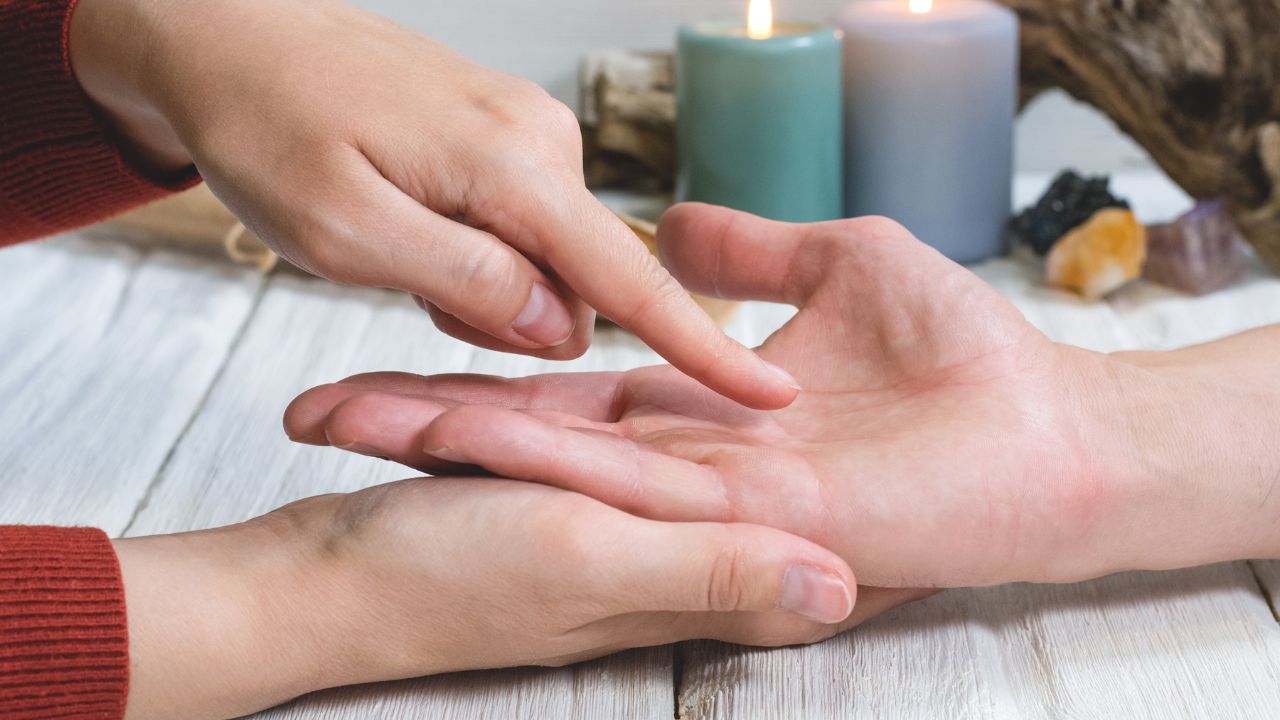Date
- 20.10.23
The chakras are the energy centers within our bodies, each with its unique significance and influence. Among these, the Root Chakra, also known as the Muladhara Chakra, is considered the foundation of our physical and emotional well-being. It is the energy point that connects us to the earth and helps us find stability, security, and balance in our lives. In this blog, we will explore the Root Chakra, its significance, and how you can nourish and balance it to lead a more grounded and fulfilling life.
Understanding the Root Chakra:
It located at the base of the spine, and its name, “Muladhara,” translates to “root support.” This chakra is associated with the element of earth, symbolizing stability, grounding, and security. It forms the foundation of the chakra system, and when it is balanced, it provides a strong base for the other chakras to function optimally.
The Root Chakra’s significance lies in its influence over our sense of safety, stability, and basic needs. It governs our primal instincts, survival instincts, and our connection to the physical world. When this chakra is in balance, we feel secure, grounded, and confident. However, imbalances can manifest in various ways, such as anxiety, insecurity, or even physical ailments.
Signs of an Imbalanced Root Chakra:
An imbalanced Chakra can lead to a variety of emotional, physical, and psychological issues. Some common signs of an imbalanced Root Chakra include:
- Anxiety and Fear: Constant worry and an inability to relax or feel safe.
- Insecurity: Lack of self-confidence, feeling constantly threatened or vulnerable.
- Financial Instability: Struggles with financial security, and poverty consciousness.
- Physical Ailments: Problems related to the lower body, such as lower back pain, digestive issues, or circulation problems.
- Lack of Focus: Difficulty concentrating and staying present in the moment.
- Feeling Disconnected: A sense of detachment from the physical world and a lack of connection to nature.
Balancing the Root Chakra
Balancing the Chakra is crucial for overall well-being. When it’s balanced, you feel secure, grounded, and able to handle life’s challenges. Here are some methods to help balance your Chakra:
- Meditation: Chakra meditation involves focusing on the chakra’s location and envisioning a red, grounding light. This helps restore balance and stability.
- Yoga: Yoga poses that emphasize the lower body, such as Mountain Pose (Tadasana) or Warrior Poses (Virabhadrasana), can help balance the Chakra.
- Affirmations: Repeating affirmations related to security, such as “I am safe,” “I am grounded,” or “I am supported by the earth,” can be powerful.
- Nutrition: Eating root vegetables like carrots, beets, and radishes can nourish the Root Chakra.
- Crystals: Red jasper, hematite, and garnet are crystals associated with the Root Chakra. Carrying or wearing them can help balance its energy.
- Aromatherapy: Essential oils like patchouli, cedarwood, and vetiver can have grounding effects when used in aromatherapy.
- Connecting with Nature: Spending time outdoors, walking barefoot on the earth, or gardening can help strengthen your connection to the earth element.
The Importance of a Balanced Root Chakra
A balanced Chakra is fundamental to overall well-being. When it’s functioning optimally, you experience a profound sense of security, self-assuredness, and physical vitality. Here’s why a balanced Chakra is so crucial:
- Emotional Stability: A balanced Root Chakra helps you deal with stress and anxiety more effectively, promoting emotional stability.
- Healthy Relationships: It allows you to form healthy, stable relationships with others, as you feel secure in yourself.
- Financial Well-Being: Financial stability often accompanies a balanced Root Chakra, as you overcome fears related to money and security.
- Physical Health: A healthy Chakra can alleviate physical ailments related to the lower body, enhancing your overall health.
- Empowerment: With a balanced Root Chakra, you feel empowered to take on life’s challenges and pursue your goals with confidence.
- Connection to the Earth: You develop a deep connection to the natural world and a strong sense of belonging.
Root Chakra Healing in Daily Life
Healing and balancing your Root Chakra is an ongoing process that involves mindfulness and self-care. Incorporate these practices into your daily life to maintain a balanced Root Chakra:
- Mindful Grounding: Practice grounding exercises like walking barefoot, sitting or lying on the earth, or visualizing roots extending from your body into the ground.
- Nutrition: Consume a balanced diet that includes root vegetables, and be mindful of what you eat to nourish your physical well-being.
- Physical Activity: Engage in physical activities that focus on the lower body, such as walking, running, or dancing.
- Self-Care: Regular self-care routines, like warm baths, massages, or spending time in nature, can help maintain balance.
- Affirmations: Incorporate affirmations into your daily routine to reinforce feelings of security and stability.
- Meditation: Dedicate time to daily meditation to keep your Chakra in harmony.
- Crystal and Aromatherapy: Carry or wear Root Chakra crystals and use grounding essential oils to maintain your chakra’s balance.
Conclusion
The Root Chakra is the anchor of your energy system, providing a stable foundation for your physical and emotional well-being. Nurturing and balancing this chakra is essential for a life filled with security, confidence, and resilience. By practicing mindfulness, engaging in grounding activities, and incorporating the healing techniques discussed, you can fortify your Root Chakra, ensuring it remains a source of strength and stability in your daily life. As you strengthen your connection to the earth, you’ll find yourself better equipped to handle life’s challenges with grace and confidence.




